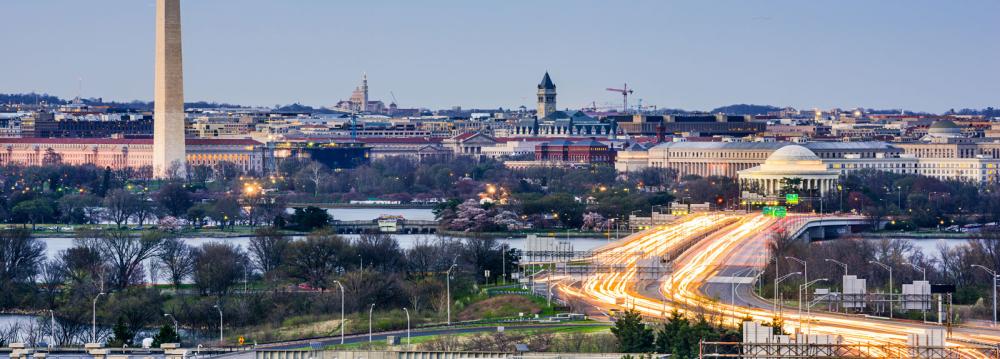Business economists still think the US economy will continue to grow for the next two years, but they again have scaled back their expectations for just how much.
The median estimate from economists surveyed by the National Association for Business Economics calls for gross domestic product growth of 1.5% this year, down from the 1.8% they forecast in June. The outlook for next year calls for 2.3% growth, AP reported.
In addition, 81% of those surveyed said they don’t expect the US economy to peak until at least 2018.
The association notes that the September report, released Monday, represents the fourth-consecutive quarterly survey in which the participating economists have lowered their expectations for 2016 for GDP growth.
The group points to lower expectations for business investment as the main reason, but it also notes that worries about the outcome of November’s presidential election are also weighing on expectations. Just over half of the economists surveyed said election uncertainty had a “modest negative” impact on their GDP expectation for this year.
The association added that 56% of those surveyed said they saw the possibility of a Hillary Clinton win as having a neutral effect on their economic growth expectations, while 60% said they thought the election of Donald Trump would have a negative effect.
On the bright side, the economists don’t expect the reduced GDP expectations to carry over to consumer spending. The report’s median forecast for growth in real personal consumption expenditures is 2.7% in 2016 and 2.6% in 2017.
Both predictions represent an increase of 0.1 percentage points from June numbers.
And the panel is now predicting flat corporate profits in 2016 better than the median 2% decline projected in June. For 2017, they expect a gain of 4.2%.
The survey of 46 forecasters was taken between Aug. 8 and Aug. 25.
‘Stuck in Third Gear’
As Australians noted a remarkably speedy 3.3% annual economic growth this week, Americans were yet again confronting a pedestrian-paced economic recovery.
The lethargic US economy has triggered rising bets that a much-hyped potential interest rate hike this month will again be postponed.
To be sure, the US economy is ambling along okay and producing plenty of jobs. But approaching the November presidential election, the eight-year Obama economy that has been on a morphine drip of easy money from the US Federal Reserve has repeatedly failed to break out into a faster clip.
JPMorgan Asset Management chief global strategist David Kelly says the US economy is “stuck in third gear”.
At the heart of the uncertainty in the world’s largest economy is a confounding paradox.
Unemployment has fallen to a low 4.9% and job openings rose to a record high in July. Yet economic growth is mediocre.
The US services sector, such as health care, retail goods and financial advice, slowed in August to its weakest monthly expansion in six years.
Consumer spending and housing are healthy, but manufacturing and exporters are struggling.
Productivity Problem
Donald Kohn, a Brookings Institution senior fellow and former vice-chairman of the US Federal Reserve told Financial Review that the “big disconnect” in the US economy is the strong job market and sluggish economy.
“Importantly, that disconnect reflects a very sharp slowdown, indeed a decline, in productivity,” he says.
“Unfortunately from a long-term perspective, that is not good for living standards. From a short-term perspective, it’s helped put people back to work even at very sluggish economic growth rates.”
Annual economic growth in the first half of the year barely topped 1%. After the great recession in 2008-09, growth has averaged 2.1% for the past six calendar years, well short of the 3% yearly average between 1980 and 2007 during the Reagan, Bush senior, Clinton and Bush junior administrations.
The productivity puzzle, unless it is grossly mis-measured, is restraining the economy’s growth potential.
An ageing population and shrinking workforce, a failure of the inequitable US education system, over-regulation and lack of economic reform to tax and competition policy are all partly blamed for the productivity slump.


